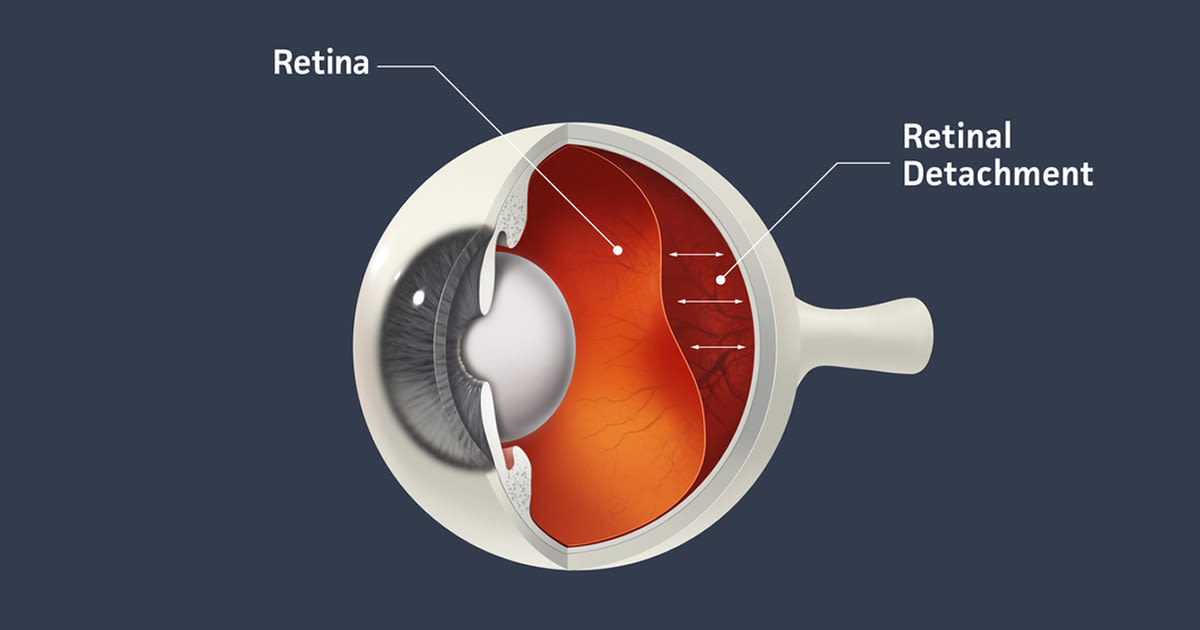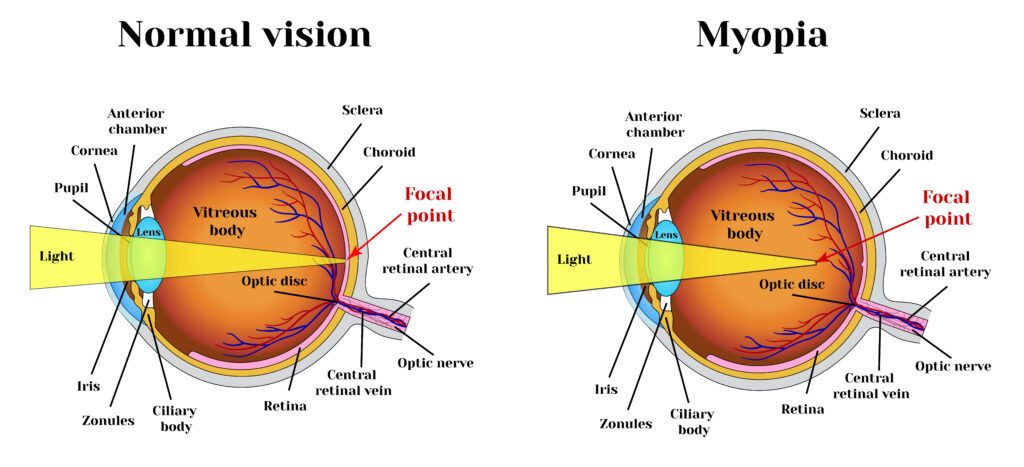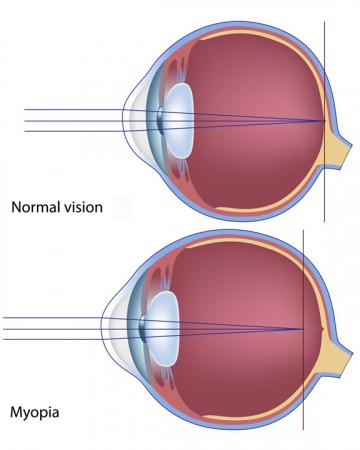The retina is the light-sensitive tissue lining the back of the inside of the eye. It’s made up of different layers, including the light-sensing cells known as photoreceptors that are essential for sight. A layer of underlying supporting tissue contains blood vessels that supply the photoreceptors with the food and oxygen they need to stay healthy.
The retina functions as the line of communication between our eyes and the world around us by sending visual messages through the optic nerve to the brain. A healthy, intact retina is crucial for clear vision. But if it becomes detached, you can permanently lose your eyesight.
Types of Retinal Detachment
There are three ways a retina can detach:
- Rhegmatogenous – A tear allows fluid to get under the retina, separating it from the retinal pigment epithelium (RPE), which nourishes the retina. This is the most common form of retinal detachment.
- Tractional – Scar tissue on the retina’s surface contracts, causing it to separate from the RPE.
- Exudative – Fluid leaks into the area underneath the retina. This type is usually caused by inflammatory diseases or eye injuries.
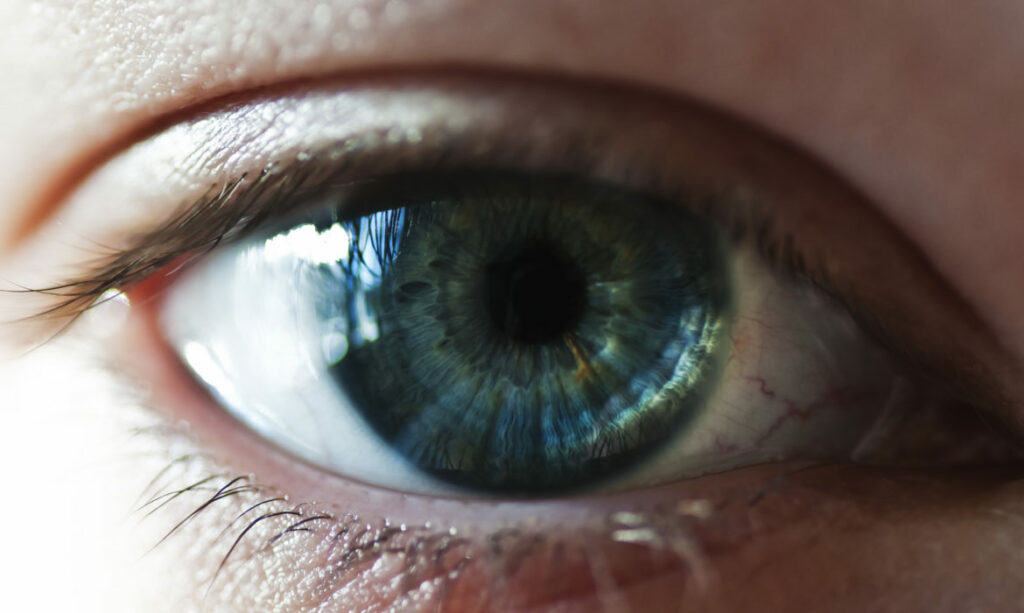
Can high blood pressure cause retinal detachment?
Along with causing heart and kidney problems, untreated high blood pressure can also affect your eyesight and lead to eye disease. Hypertension can cause damage to the blood vessels in the retina. This eye disease is known as hypertensive retinopathy.
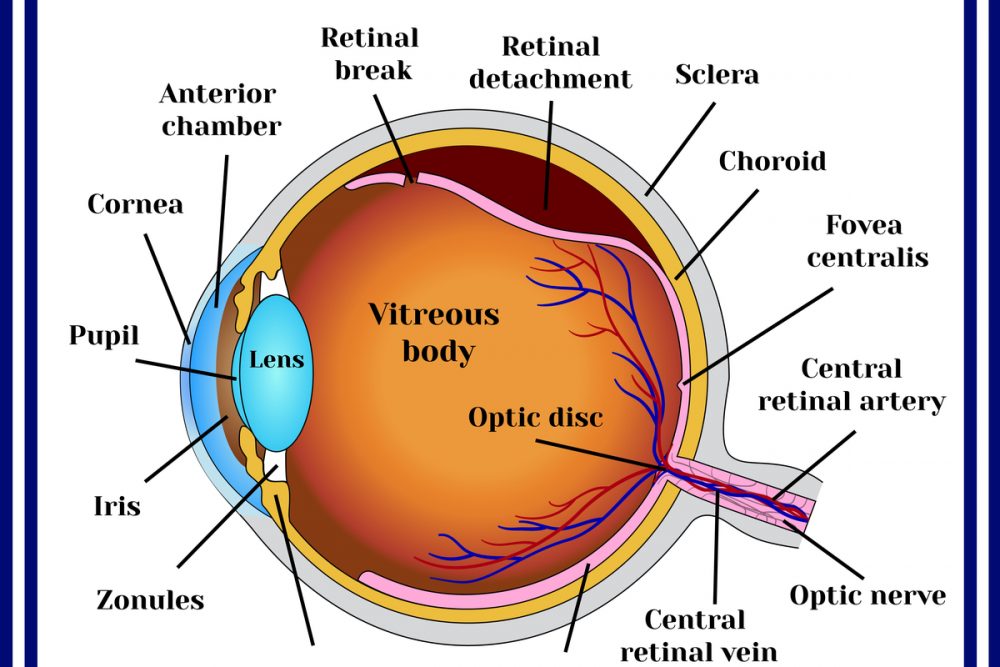
What are the risk factors of a Detached Retina?
While retinal detachment is more common in people older than 40, especially men, it can occur at any age. Other risk factors include:
- Family history
- Having an eye disease or injury
- Nearsightedness
- Previous eye surgery
- Weak areas in the retina
Symptoms of Retinal Detachment
Retinal detachment is painless; however, various warning signs point to its existence, including:
- Blurred vision
- Flashes of light in one or both eyes
- Gradually reduced peripheral vision
- Shadow over visual field
- Sudden appearance of floaters
It is advised that should you experience any of these symptoms, you should seek medical attention immediately. At Vision Express, our ophthalmologist may diagnose retinal detachment via either of the following procedures:
- Retinal Examination – In this procedure, a tool with a bright light and a special lens (ophthalmoscope) is used to examine the back of your eye, thus allowing your doctor to see retinal detachments, holes or tears.
- Ultrasound Imaging – This procedure is used if bleeding has occurred in your eye making it difficult to see the retina.
Should your doctor fail to see a detachment, he or she may ask you to return in a few weeks to confirm that your eye has not developed any tears. Should you continue to experience symptoms, seek medical treatment immediately.
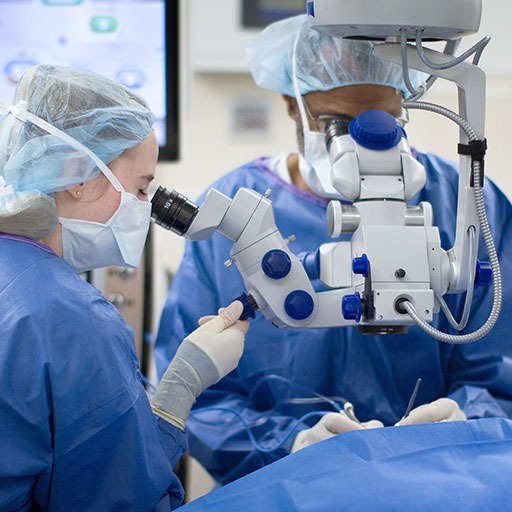
How is a Detached Retina treated?
Treatment for a detached or torn retina requires surgery. Tears are treated by sealing the retina to the back wall of the eye using these surgical treatments:
- Freezing treatment (cryopexy): In this procedure, your eye surgeon uses a probe to freeze the retina around the tear. The scar helps secure the retina to the eye wall.
- Laser surgery (photocoagulation): In this procedure, your ophthalmologist uses a laser to make small burns around the tear, creating scars. This seals the retina to the underlying tissue and helps prevent future detachment.
If your retina has detached, you will also need to have surgery to reattach it in its proper position. Otherwise, you could go blind. There are three surgical methods:
- Pneumatic Retinopexy – In this procedure, a gas bubble is injected into the eye, pushing the tear back against the eye wall. Subsequently, your ophthalmologist will ask you to maintain a certain head position for several days.
- Scleral buckle – In this procedure, a flexible band is placed around the eye to counteract the force pulling the retina out of place. Your doctor will drain the fluid underneath, allowing the retina to settle back into its normal position.
- Vitrectomy – In this procedure, the vitreous gel is removed from the eye to prevent pulling. It is replaced with a gas or oil bubble to keep the retina in place until your body’s own fluids can fill the space. A gas bubble will go away on its own while an oil bubble must be surgically removed.
Following surgery, your vision may take months to improve and may not ever fully return. In some cases, the retina cannot be reattached and the eye will continue to lose sight.
How quickly should a Detached Retina be treated?
If your retina has detached, you will need surgery to repair it preferably within days of a diagnosis. The type of surgery your surgeon recommends will depend on several factors, including how severe the detachment is.
If you need to know more about retinal detachment, contact Vision Express today to make an appointment.


